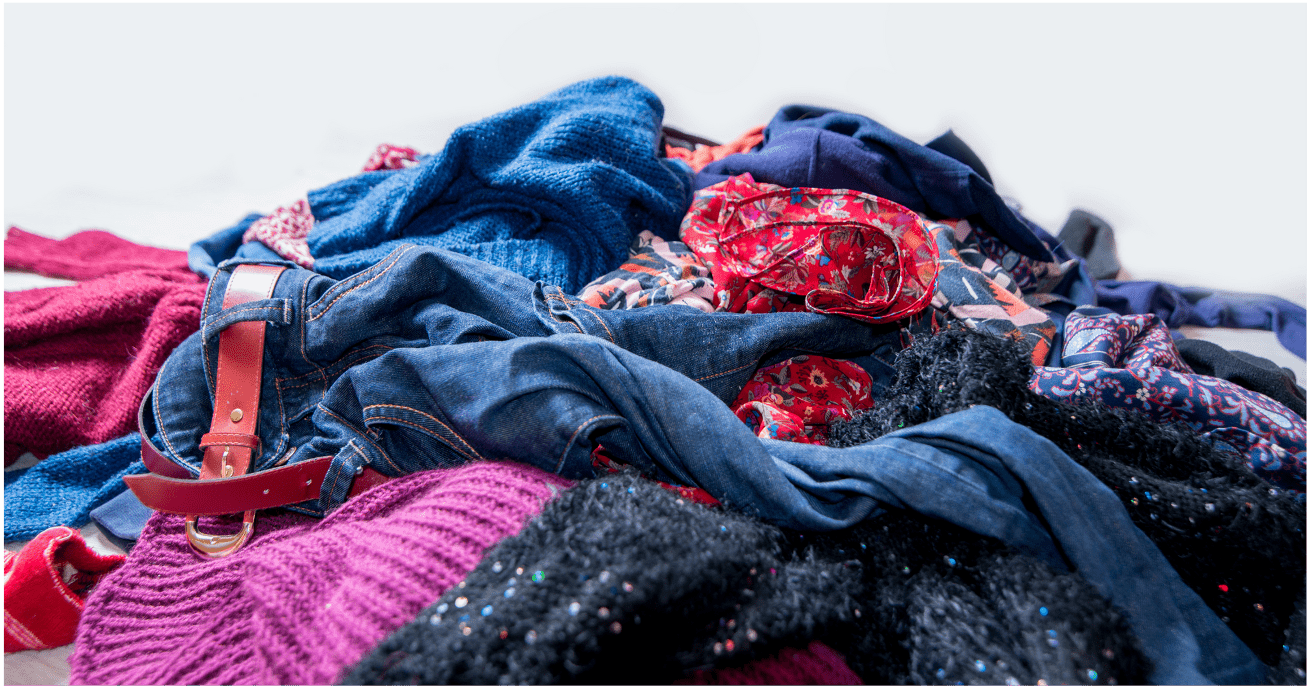Donate your Clothes!
Donating clothing helps raise money for those in need, as well as aid in preventing unnecessary waste. There are many ways to donate clothing, but finding a place to donate your clothes can be challenging depending on your region. Logistics and time constraints are significant factors for clothing and other items being discarded and wasted. You have many ways and methods to donate goods, even if the trip to the charity shop is not a good fit for your routine. Here you have some ways to donate:
1. Have items collected
Many charities have different donation processes available for people; some even come to you and collect the donations. However, some of these will only be for more oversized items. In addition, some organizations will collect old office furniture and put it to good use, either by up-cycling it and selling it on with profits going to a good cause or by directly distributing the furniture to places that need it like hospitals and schools. Search online to find your local options, or if you are using a waste disposal company, ask whether they offer a service like this as part of their package.
2. Send things in the post
Most charities have a warehouse or designated address to which you can post any donations.
3. Drop off at convenient locations

If you can’t manage a detour to a charity shop, make sure to check out ways to donate in your regular daily routines, such as a food bank bin at the supermarket.
4. Sell online for charity
Another fantastic way to donate clothing for charity is to sell it online yourself; using platforms like eBay and Facebook marketplace can allow people to sell their clothing and use the profits to donate to a charity of their choice.
Donating can be beneficial to so many people, and it can also be convenient if you find the way that works best for you.
Circular Economy: A great opportunity for Latin America
 Latin American countries were immensely affected by the COVID-19 pandemic. However, having a commodity-based economy can leave them vulnerable to system shocks. This is why shifting to a circular economy can aid economic recovery and will enable sustainable future growth. In addition, it offers opportunities to regenerate value from its natural resources and incentivize innovation. Therefore, designing reusable and recyclable goods that will last for an extended period should place high importance on the region’s development.
Latin American countries were immensely affected by the COVID-19 pandemic. However, having a commodity-based economy can leave them vulnerable to system shocks. This is why shifting to a circular economy can aid economic recovery and will enable sustainable future growth. In addition, it offers opportunities to regenerate value from its natural resources and incentivize innovation. Therefore, designing reusable and recyclable goods that will last for an extended period should place high importance on the region’s development.
In February, the United Nations launched the Regional Coalition on Circular Economy. This program aims to increase access to financing for sustainable projects, incentivizing entrepreneurs to create sustainable projects. It’s possible that with this initiative, we may be seeing more second-hand garments within retail stores in Latin America, including Costa Rica and Panama. Overall the momentum in the region is building around a circular approach, with businesses and governments turning to it as a means to secure long-term growth.
Discover the Truths about the Used Clothing Industry.

The News:
A variety of associations involved in the used clothing trade around the world have joined forces to dispel myths about the industry. The truth is that the used clothing industry is gaining momentum with tremendous environmental, social, and economic benefits. The industry is working towards a circular economy by offering sustainable solutions for used textiles that will benefit everyone and help to reduce the major environmental impacts caused by the global fashion industry.
The Facts:
It is crucial to understand the used clothing supply chain to fully understand what happens to used textiles. There is a common misconception that second-hand clothing exported to developing countries partially ends up being discarded right away. The fact is clothing not sold directly in the market simply gets passed down the supply chain and ends up selling in other smaller markets throughout the region. If you follow a simple rationale, it is easy to understand that no profitable business will spend money on packing, shipping, and distributing a product only to have it end up in a landfill. The used clothing industry is growing right now in response to the increasing demand for affordable products and environmentally conscious consumers. In many cases, the used garments are also higher quality and last longer than cheaper new products. This downstream effort is a win-win situation for people looking for a place to re-use their clothing and for consumers searching for good value.
In the United States, Jackie King, Executive Director of Secondary Materials and Recycled Textiles Assoc. (SMART), explained, “Textile re-use and recycling is the solution, not the problem. Second-hand clothing exported to countries is sorted and graded for customer needs or preferences. Sellers do not ship waste; it is not cost-effective. Customers demand quality clothing for resale, not waste; the semantics of ‘waste’ really means what they couldn’t sell. The reality is if clothing doesn’t sell, it is often shipped to other worldwide markets for resale or recycling – not thrown away.”
Similar sentiments are heard from Martin Böschen, President of the Textile Division of the Bureau of International Recycling (BIR). Böschen elaborates, “Due to high transport and import costs, it doesn’t make sense for importers to import second-hand textiles which are not suitable for the local market. Discarding or recycling those textiles in the US or Europe would be cheaper than sending them to Africa. Therefore, the hypothesis that a large fraction of the imported textiles goes directly to landfill is highly questionable.”
In the European Commission, as part of the waste framework directive, a specific hierarchy is defined. It places ‘preparing for re-use’ above recycling. In other words, the EU already recognizes the importance of textile re-use from a global perspective. All EU member states are required to have installed a separate collection for used textile by 2025.






